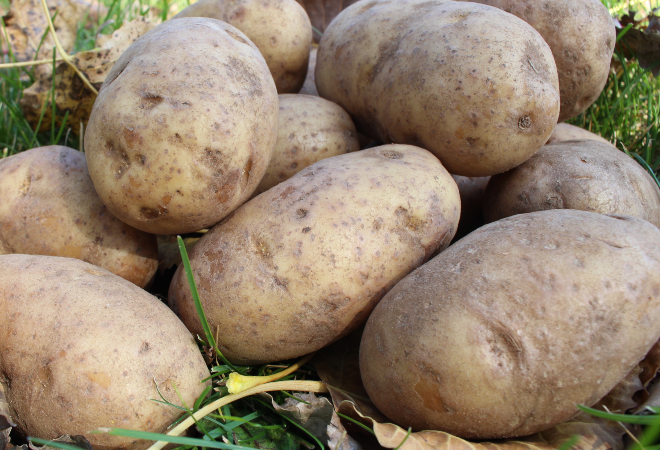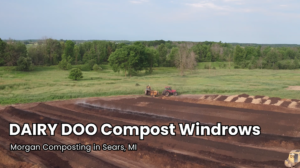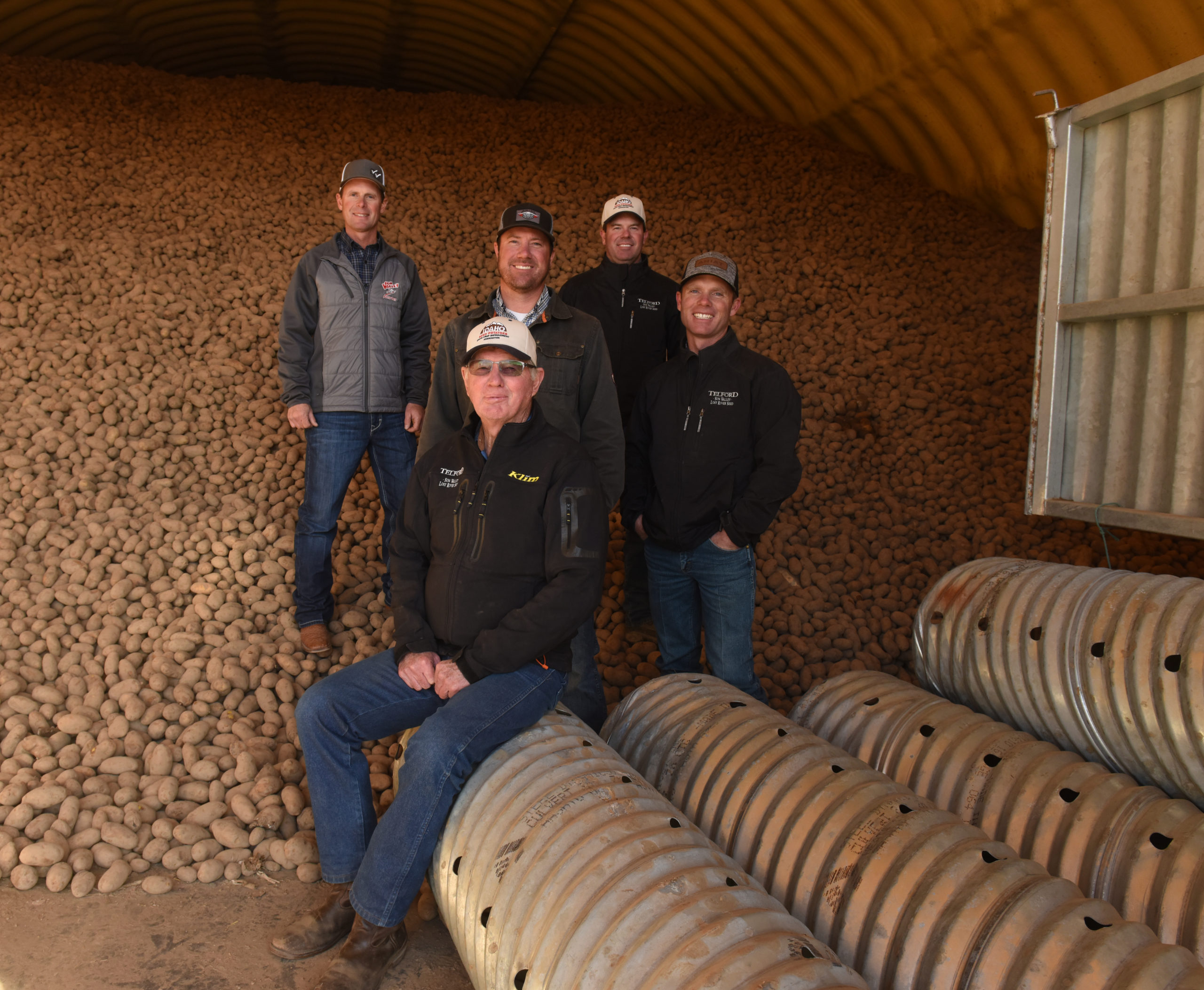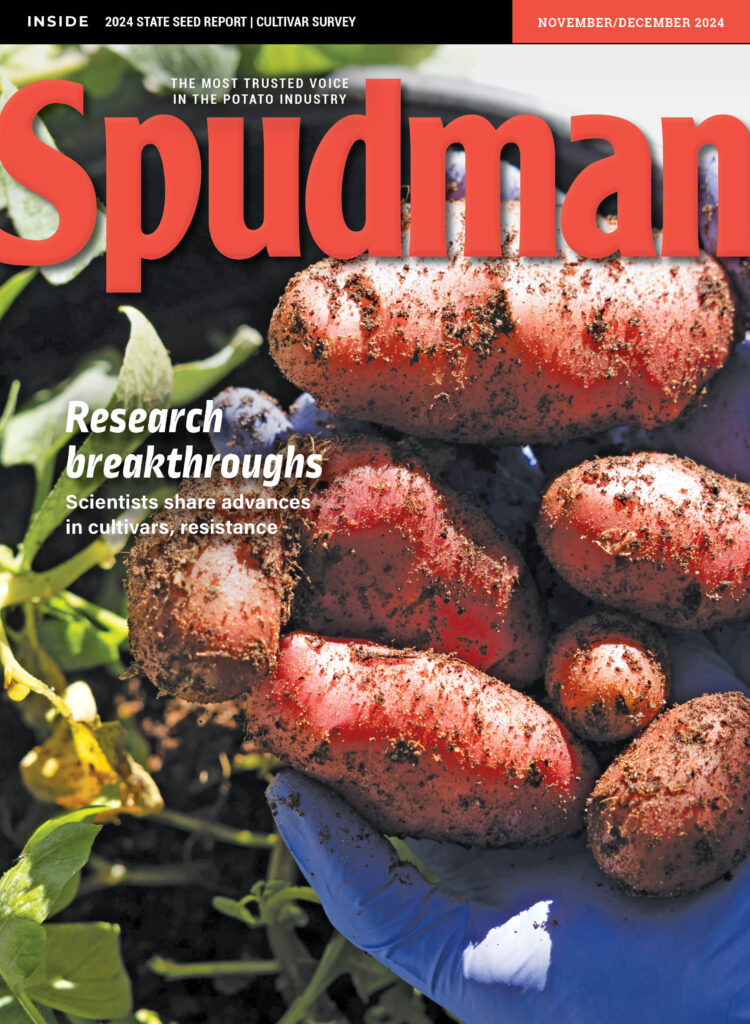
Potato industry leaders Quarles, Toaspern talk issues, market outlook
Supply-chain woes and economic inflation are on the minds of many Americans these days, and the effect of those problems hasn’t escaped the potato industry.
Supply-chain backups are not only hindering goods from entering the U.S. — we’ve all seen empty shelves in the retail sector — but they’re also wreaking havoc in getting them to international trading partners. Just within the potato industry, there are examples of exporters renting jumbo jets or shipping out through the Gulf coast and Panama Canal to get product to Asia because it’s faster than going through West Coast seaports.
I recently interviewed two potato industry leaders — Kam Quarles, CEO of the National Potato Council, and John Toaspern, chief marketing officer for Potatoes USA, for episodes of the “The Potato Field” podcast. Below are some highlights from those interviews, which can be heard on all major podcast platforms.
What are the hot-button issues facing the industry?

Quarles: The thing that is on everyone’s mind is getting back to some semblance of the new normal. Obviously, that goal is somewhat complicated by these ongoing supply chain issues. Inflation is clearly rearing its ugly head, and it’s anyone’s guess as to how long that’s going to be with us. The thing that’s we’re really focusing on — and we’ve partnered with John Toaspern of Potatoes USA, who is doing a lot of great work in this area — we’re going to roll out at Potato Expo is there is an economic team doing an analysis specifically on the potato industry (to see) what all this supply-chain breakdown and inflation is likely to mean for the industry as we move forward to 2022 and beyond. We’re all going to be interested in what that team comes up with.
We’re now grappling with other initiatives that are much beyond the potato industry in terms that Congress and the administration are talking about injecting more money into the economy. There are huge questions on whether or not another injection of these funds — and perhaps tax increases to go along with them — is going to be helpful or hurtful as we see this inflation taking off and supply chain issues.
Will the recently passed infrastructure bill provide any help?
Quarles: We’ve been urging Congress to reauthorize the transportation bill, which means creating a new transportation bill that actually responds to the present and the future instead of looking in the rearview mirror. The challenge is all the funding with highways, roads and bridges have been largely funded via the gas tax, which has been kind of an antiquated measure. … It hasn’t had a cost-of-living increase in like two decades; it hasn’t accounted for all these hybrid vehicles or electric vehicles, so they really needed to come up with something. … For us, we’re transporting heavy cargo, whether domestically or internationally, so we need access to competitive roads, rail and obviously commercial seaports. … Even the most modern seaports around the world are struggling to keep up with the supply-chain issues, but the U.S. is really behind the curve. The infrastructure inputs in this country really have lagged behind our fiercest competitors, like China, so this new infrastructure funding really is a good thing.
PODCAST EPISODE: Kam Quarles
How is the domestic market for potatoes looking?

Toaspern: It’s been a fascinating ride we’ve all been on the past 18 to 20 months. A lot has changed. We’re starting to return to a pre-pandemic level, but not really, not completely. I think many of us are surprised how much we’re still in this changed environment. Sales at retail continue to be strong, well above where they were in 2019. They’ve come down a little from where they were in 2020, of course, because there was so much focus on retail.
On the foodservice side of things, we see sales starting to pick back up, particularly for frozen fries. The QSR sector, as a whole, has recovered, or is even above where it was pre-pandemic. But there still are problems with fresh and dehy that go to full service restaurants or what we call beyond restaurants — the travel and leisure, schools, universities, etc.
What about internationally?
Toaspern: The problem we’re facing with exports has nothing to do with demand, it has to do with problems with the supply chain and the ability to ship our product, particularly to Asia. That has really had an impact. It has delayed bookings and increased costs, reducing our ability to move our product. It has forced some folks to take some drastic measures, like chartering 747s to airfreight fries into Japan or hiring full trains to take fries down the ports in the Gulf coast to and them through the (Panama) Canal because that’s quicker than getting a boat off the West Coast.
PODCAST EPISODE: John Toaspern







